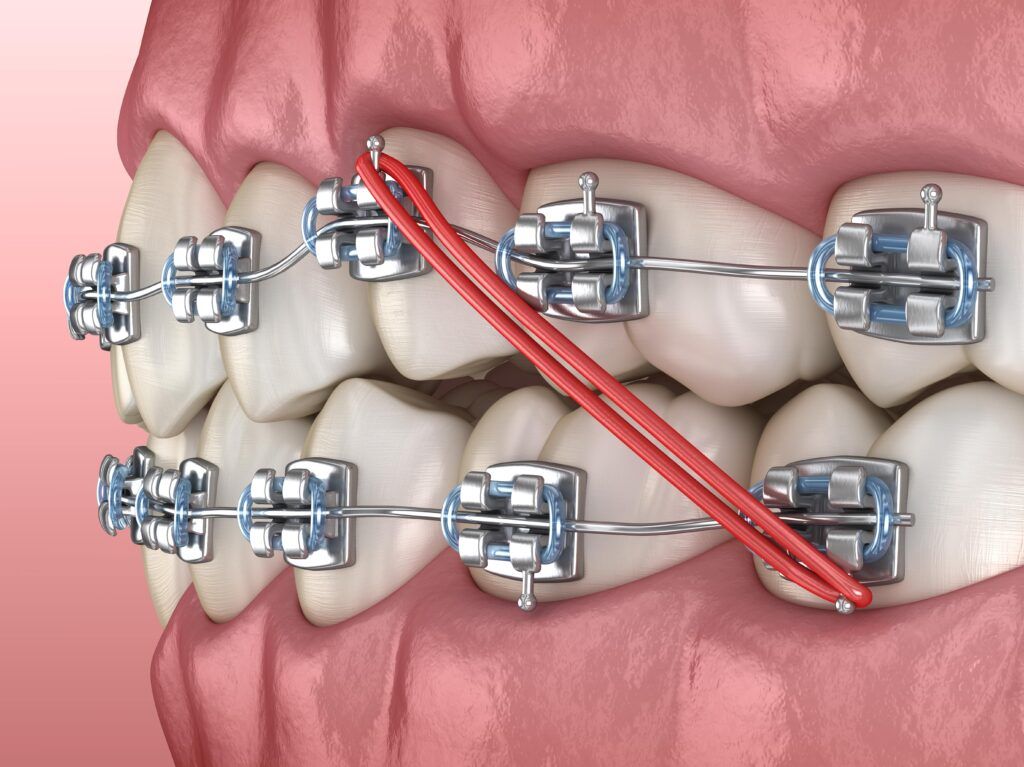Expert Cumming Braces and Aligners: What to Know Prior To You Visit
Expert Cumming Braces and Aligners: What to Know Prior To You Visit
Blog Article
Comprehensive Overview to Orthodontics Procedures for Dealing With Dental Imbalances
Recognizing the complexities of each procedure, including their systems, benefits, and prospective disadvantages, is vital in making educated choices concerning one's orthodontic therapy. As we navigate with the detailed overview to orthodontic treatments for remedying oral imbalances, the intricate details of each method will unfold, shedding light on the course toward a practical and harmonious dental positioning.
Orthodontic Procedures Introduction

Along with clear aligners and standard braces, orthodontists might likewise advise various other treatments like headgear, palatal expanders, or retainers to resolve certain alignment concerns (orthodontist). These treatments are tailored per client's unique requirements and may entail a combination of therapies to achieve the wanted results. Normal modifications and tracking are important components of orthodontic treatment to make certain development gets on track and to make any type of required alterations along the method. By undertaking orthodontic procedures, people can not only accomplish a straighter smile yet also enhance their total oral health and wellness and feature.
Standard Dental Braces: How They Work
When thinking about orthodontic treatments for dental misalignments, traditional dental braces stand out as a reliable approach for remedying teeth positioning. Traditional braces contain braces, cables, and bands that work with each other to use constant pressure on the teeth, gradually relocating them right into the desired alignment. The braces are affixed to the teeth using a special adhesive, and the wires are threaded via the brackets. By readjusting the tension of the cords, orthodontists can regulate the direction and pressure put on each tooth, directing them right into appropriate placement with time.
As pressure is used to the teeth through the braces, the bone surrounding the teeth is improved to support the new tooth settings. People will need routine changes at the orthodontist's workplace to guarantee the braces proceed to use the correct pressure for efficient teeth activity.
Unnoticeable Aligners: Pros and Cons
Undetectable aligners offer a hassle-free and very discreet choice to standard dental braces for remedying oral imbalances. These clear, custom-made trays are essentially unseen when put on, making them an enticing alternative for people looking for a more cosmetically pleasing orthodontic therapy. Among the key benefits of unseen aligners is their removability, permitting less complicated upkeep of dental health compared to conventional braces. Clients can remove the aligners prior to eating or brushing their teeth, reducing the risk of food obtaining embeded the home appliance and simplifying the cleansing procedure.

Surgical Orthodontic Options
Surgical interventions in orthodontics existing viable options for dealing with intricate oral misalignments that may not be efficiently settled through standard orthodontic treatments. While conventional braces and undetectable aligners can correct many orthodontic issues, specific cases need surgical intervention to achieve optimal results. Surgical orthodontic options are normally Source suggested for extreme malocclusions, substantial jaw disparities, and instances where the underlying bone framework requires adjustment to achieve proper alignment.
One typical medical orthodontic treatment is orthognathic surgical treatment, which includes rearranging the jaws to fix practical issues such as difficulty chewing or speaking. This surgical procedure is often executed in cooperation with an orthodontist that assists align the teeth prior to and after the treatment. Surgical orthodontics may also involve treatments to subject affected teeth, remove excess periodontal cells, or reshape the jawbone to create an extra harmonious facial profile.
Prior to taking into consideration surgical orthodontic options, patients undertake a detailed examination to establish the requirement and potential advantages of such interventions. cumming braces. While surgical treatment might appear difficult, it can considerably improve both the feature and aesthetic appeals of the smile in cases where traditional orthodontic treatments drop short
Retainers and Post-Treatment Care

Failure to conform with post-treatment treatment guidelines can result in regression, where the teeth gradually move back towards their original settings. Constant retainer wear, great dental hygiene, and routine dental examinations are necessary for keeping the outcomes attained via orthodontic surgery and ensuring the long-lasting security of the remedied oral positioning.
Verdict
Finally, orthodontic treatments use different choices for dealing with dental misalignments. Conventional braces use steel braces and cables to shift teeth into appropriate positioning. Unnoticeable aligners supply a more discreet alternative yet might not be suitable for all cases. Surgical orthodontic alternatives are readily available for a lot more serious misalignments. Retainers are commonly made use of post-treatment to keep the new placement. Generally, orthodontic treatments can successfully enhance oral health and visual appearance.
As we navigate via the extensive overview to orthodontic procedures for correcting oral misalignments, the complex details of each approach will unravel, dropping light on the course toward a unified find me a dentist near me and functional dental positioning. - aligners
One of the most usual orthodontic treatments is the usage of dental braces, which consist of steel braces and cables that use gentle stress to gradually move teeth right into the desired placement.When considering orthodontic treatments for oral imbalances, standard dental braces stand out as a time-tested technique for this link dealing with teeth positioning. Furthermore, invisible aligners may not be appropriate for complicated orthodontic concerns that require more considerable teeth activity, as they are usually advised for light to moderate cases. Retainers are tailor-made orthodontic gadgets created to hold teeth in their dealt with positions after the completion of orthodontic treatment.
Report this page